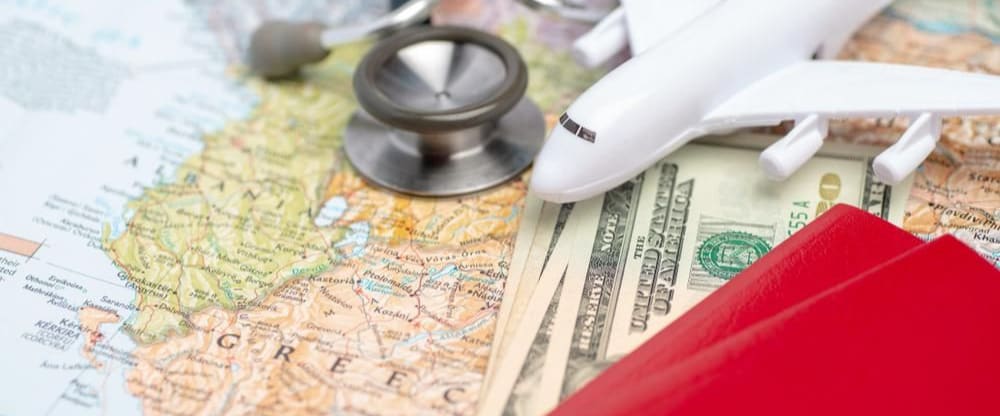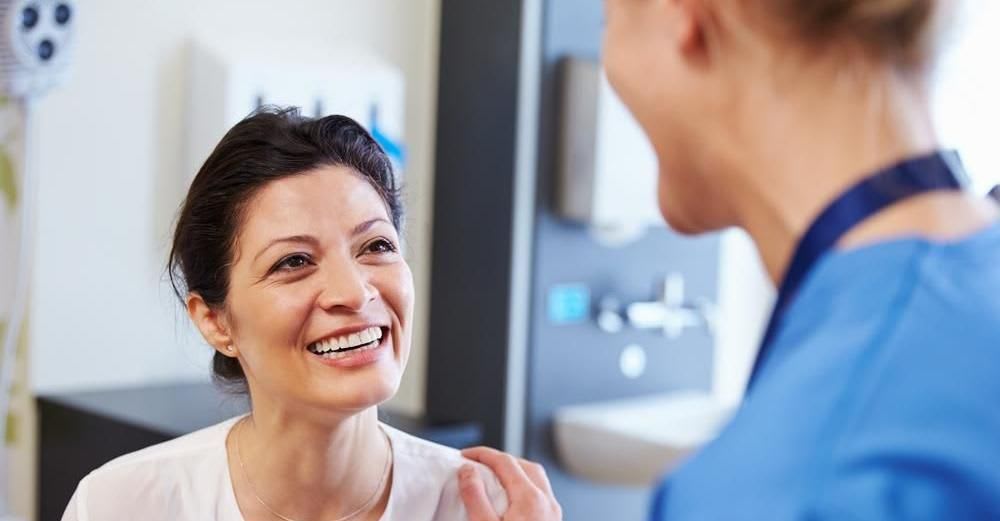4 Ways To Make Medical School Less Expensive
Yes, medical school is an investment in your future, but it's also expensive. Not interested in paying off insane amount of debt for the next couple of decades? Let's take a closer look at four ways to make medical school less expensive.
- Education
- Student Tips

Yes, medical school is an investment in your future, but it’s also expensive. Not interested in paying off insane amount of debt for the next couple of decades?
The Washington Post recently reported that Association of American Medical Colleges estimated the median four-year cost to attend a public medical school at $240,000 and a private school in excess of $340,000.
Besides weighing your public and private options for school, start paying off your debt while a resident, and you can also apply for scholarships, public service programs.
Let’s take a closer look at four ways to make medical school less expensive.
1. Look for scholarships
If there’s one thing that medical students don’t do enough, it’s seeking out scholarships. There are a lot more than you think.
Consider three types: local, federal, and merit.
Count local scholarships as some of the most lucrative—and most forgotten—scholarships that you can earn. Professional organizations, local and regional hospitals and nonprofits, and local community organizations like rotary clubs offer medical student scholarships. Start researching now.
Generous federal scholarships for medical students often cover your entire tuition in exchange for your service. These scholarships often require at least one year of work for every year of funding as a primary care physician in an underserved area. The goal? To get talented primary care doctors into high-needs areas.
Some medical schools also offer their own highly competitive merit-based scholarships. It’s worth a look if you have the grades and experience to compete.
2. Apply to service programs
You can earn some or all of your medical school costs by applying to public service programs. Similar to scholarships, these programs require that you serve in high needs areas.
The National Health Service Corps (NHSC) Scholarship is a Department of Health and Human Services program that covers tuition, books, and living expenses for med students earning their D.O. or M.D. degrees. In exchange, you work for the number of years you received funding.
The Health Professions Scholarship Program (HPSP), if a military funding program for medical students in the Army, Navy, and Air Force. Your tuition and fees are covered in exchange for military service.
The Public Service Loan Forgiveness (PSLF) allows eligibility for loan forgiveness if you work for a qualifying nonprofit or government organization, or teaching hospital that has high needs.
3. Choose between public and private
Public medical schools in the US average about $32,000 per year, while private ones average about $50,000 per year. That’s average. There are outliers that cost significantly more and significantly less.
Be careful when you decide to apply to school about the amount of debt you’re willing to incur—and how long you want to take to pay it back. You could be looking at less than $150,000 in debt at a public medical school, or well over $200,000.
Choose wisely. If you decide to attend a private school, check out the scholarship situation (see #1).
4. Don’t postpone your payments—make them during residency
Start paying off your loans sooner rather than later. Medical school debt takes discipline.
If you continue to live like a medical school resident for a few years after your residency, then you can pay off your loans.
This may mean postponing other major life decisions, like getting married, having children, or buying a home.
If you can, start paying off while you’re still in residency. Pay what you can, when you can, as often as possible. Making a dent in your loans now will definitely pay off later.
We know it’s not easy. We also know you’ve worked hard. You owe it to yourself to take the financial responsibility that comes with becoming a physician seriously so that you can enjoy your career.
Learn more about attending medical school.
Find a program in these categories
Read related articles

What You Should Know If You Want To Practice Medicine Abroad

Five Countries to Choose for Nursing Degrees
